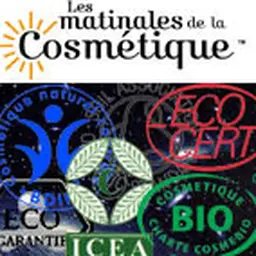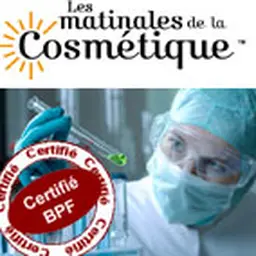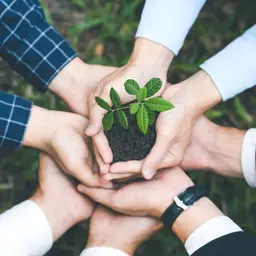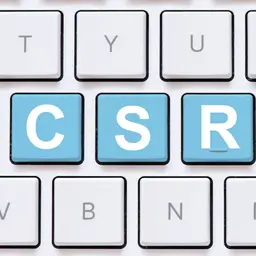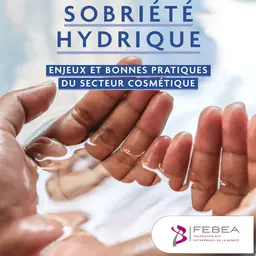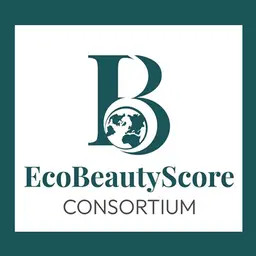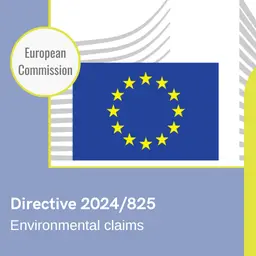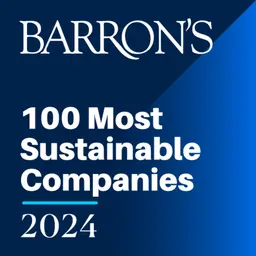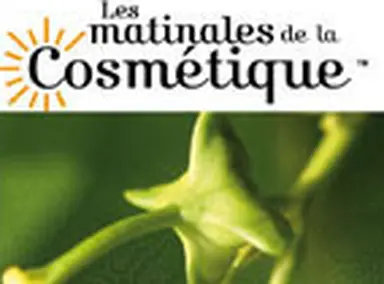
Continuation of our reports of the Sessions of the Mornings of the , the breakfasts of the professionals of the sector of the beauty and the perfumery. It is a complex and recent problem which was evoked Tuesday June 15 in Paris, during the 7th edition: it was indeed question of intellectual property of ancestral knowledge, in other words of the risk of biopiracy.
9 June 2010 Report from Sylvain-Romain COTTE (SRC Consulting).
Daniel Joutard, President and founder of Aïny - Savoirs des Peuples, came to share his experience with us. This young entrepreneur already has a great knowledge of the subject having worked with indigenous peoples in Ecuador and Peru, and having developed with them cosmetic products that combine the best of both traditional and Western sciences. The sacred plants and the magic of shamans hold no secrets for him!
Biopiracy: context
Biodiversity is a treasure trove of natural resources. It is traditionally exploited by indigenous peoples, shamans and other local healers, who have learned to use the plants around them and have become true experts on nature! It is this knowledge that is of great interest to industrialists because it enables them to accelerate their research and development processes by rapidly targeting plants of interest. This collective knowledge is generally transmitted orally by the indigenous people but rarely transcribed in writing, which complicates the determination of their true origin in the event of a patent application by a company. This is what poses a problem today: the appropriation of ancestral knowledge by commercial companies.
Examples of biopiracy
Indeed, if the company files …




